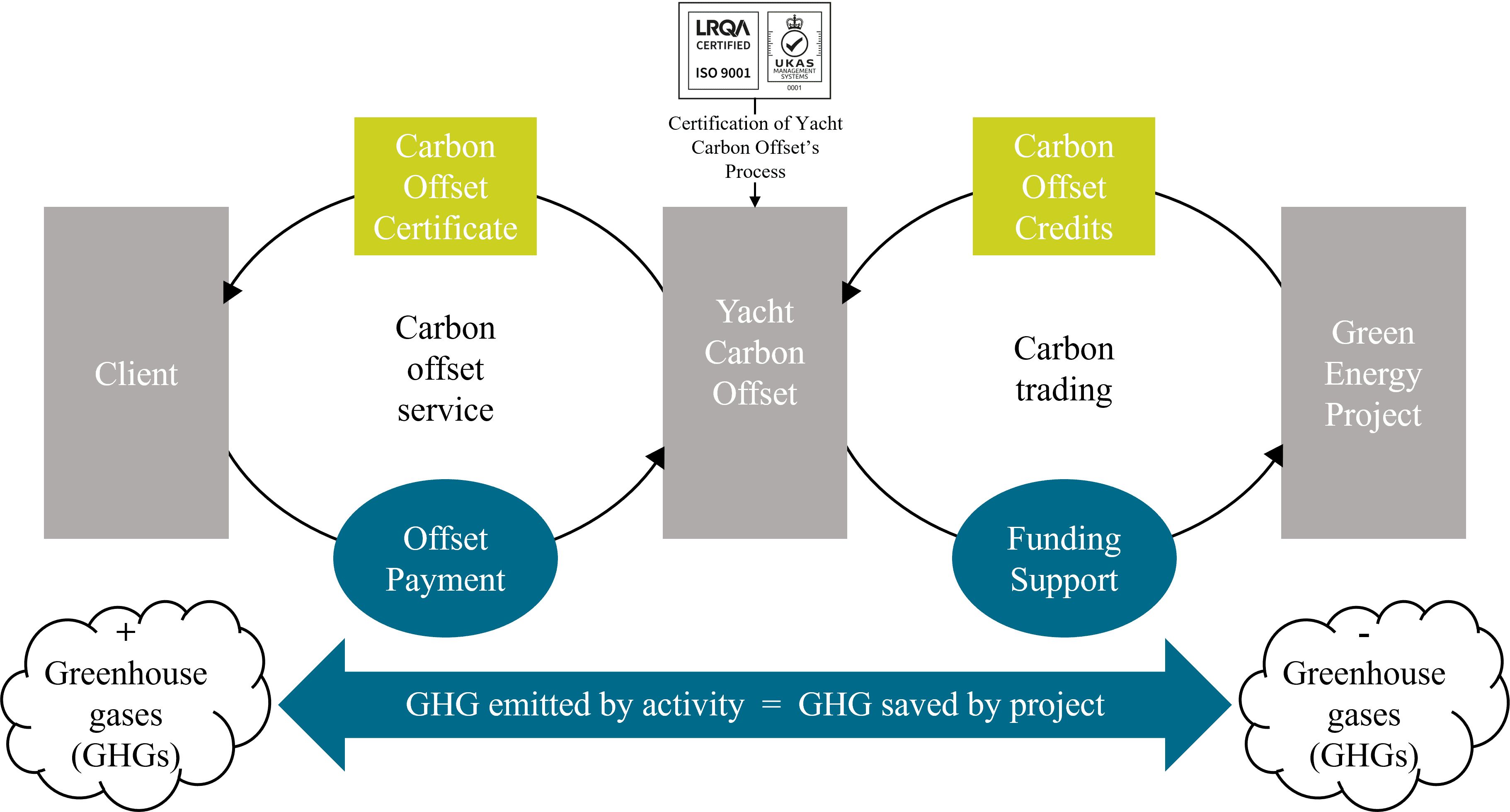Carbon Offsetting in Yachting: Balancing Luxury with Responsibility
The carbon credit mechanism, established under United Nations Framework Convention on Climate Change (UNFCCC) in 1992, provides a transparent and auditable framework that encourages investment in carbon reduction initiatives, particularly in developing nations. Its core objective is to lower global emissions, thereby contributing to international efforts to combat climate change and mitigate the impacts of future global warming.
Each carbon credit represents the reduction of one metric tonne of greenhouse gas (GHG) emissions achieved by a certified project. These credits allow the net climate benefit of the project to be transferred to participants of carbon offset programmes.
Carbon Credit = 1 tonne GHG Emissions Reduction by a carbon reduction project
Carbon credits are transferable instruments used to transfer the net climate benefit of the project to a recipient (either an individual or an entity) that generates GHG emissions. The recipient purchases the required carbon credits to counterbalance their unavoidable emissions on a tonne-for-tonne basis.
Projects authorised to issue carbon credits adhere to the stringent criteria outlined by the chosen International Carbon Registry Standard. This standard includes project registration, carbon emission accounting, monitoring, verification, and certification. The carbon credits generated by the carbon reduction project are sold through the International Registry, generating funds to support and finance the ongoing project.
Credits must be “retired” through an International Carbon Registry. This retirement grants the recipient the right to apply the achieved greenhouse gas (GHG) emissions reduction to their own GHG reduction targets.
Carbon Offsetting: A Solution for the Superyacht Community

Our carbon offset service is designed to assist the superyacht community in offsetting its environmental footprint. While we acknowledge that carbon offsetting is not a perfect environmental solution, it is one of the most effective tools available to our industry for reducing its impact on the planet.
At Yacht Carbon Offset, we advise taking a proactive approach to reducing the impact of your carbon footprint. Operating your yacht efficiently and adopting strategies to minimise fuel consumption is crucial for effectively reducing greenhouse gas (GHG) emissions at the source.
However, a certain amount of fuel is necessary to optimise a yacht’s range and performance. Therefore, it’s important to acknowledge and address the associated greenhouse gas emissions. Carbon offsetting presents an immediate, cost-effective, and impactful solution to counterbalance the unavoidable GHG emissions inherent in the enjoyment of a yachting experience.
Why Choose Carbon Offsetting?
In light of the heightened public awareness regarding the correlation between greenhouse gas (GHG) emissions and climate change, opting to offset the carbon footprint generated by your yachting activity is a practical step that not only underscores your commitment to environmental responsibility but also aligns seamlessly with the values of clients, guests, employees, stakeholders, and individuals who, like you, recognise the implications of energy consumption on our planet.
By proactively addressing the environmental impact of your yachting activities, you’re contributing to a positive change and positioning yourself as a conscientious leader in your industry. This approach is particularly noteworthy for individuals with elevated public profiles or businesses that prioritise the reduction of GHG emissions. Furthermore, a tangible public relations advantage comes with demonstrating a genuine commitment to mitigating the effects of climate change.
Below is a list of the current projects we have selected for our clients (subject to credit availability).

